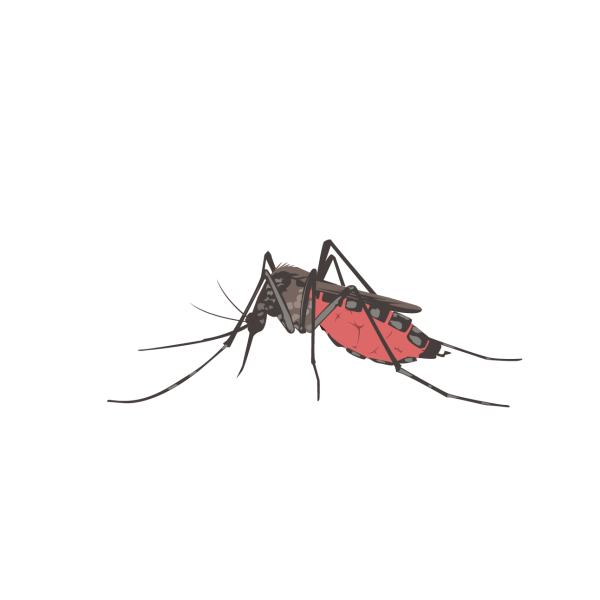Blood-feeding arthropods
- Ecosystem: Terrestrial
- Species group: Invertebrates
- Publications: Arctic Terrestrial Biodiversity Monitoring Plan

Mosquito
Jose Ortega
Jose Ortega
Download this table as CSV
| FECs Group | Parameter | Attributes | Priority | Extreme Events | Scale | Complexity | Recurrance | Method | Notes |
|---|---|---|---|---|---|---|---|---|---|
| Blood-feeding arthropods | Diversity | Species richness (estimates) | Essential | Local |
| Annually at first; 3-5 years afterwards | Larvae collections in aquatic habitats, sweep net samples for adults; sweep net samples around ungulates | Advanced complexity for taxonomy. Knowledge of the entire community is important; invertebrates such as biting flies are important for wildlife and humans, as disease vectors, etc. Community monitoring could be used to collect data on species richness. | |
| Blood-feeding arthropods | Abundance | Relative abundance, terrestrial and aquatic, via sweep sample/in ponds/densities | Recommended | Local |
| Annually at first; 3-5 years afterwards | Examples: # per unit effort (time, or number of sweeps), density per unit area/ volume; baited traps; for aquatic, may need special nets | Advanced complexity for taxonomy. Difficult to get accurate estimates of density, although a relative activity index may be possible. Abundance of these species could act as a driver for large mammals. | |
| Blood-feeding arthropods | Spatial structure | Species presence/absence | Recommended |
|
| Annually at first; 3-5 years afterwards | Examples: # per unit effort (time, or number of sweeps), density per unit area/ volume; baited traps; for aquatic, may need special nets. Historical collections (i.e., previouly collected material) | Advanced complexity for taxonomy. Understanding range expansions of these species could be important in some locations. | |
| Blood-feeding arthropods | Phenology | Date of first emergence, seasonal activity | Recommended | Local | Basic | Annually at first; 3-5 years afterwards | Examples: # per unit effort (time, or number of sweeps), density per unit area/ volume; baited traps; for aquatic, may need special nets. Indigenous Knowledge (local, community). | Important but requires full season monitoring which may not be possible. | |
| Blood-feeding arthropods | Demographics | Body condition, life stage; sexes | Recommended | Local |
| Varies by group: As req. (min. 5 years) | Analyses of sample sets; identification of sexes and stages | Advanced complexity for taxonomy. Perhaps in the future blood samples could be analyzed (DNA barcodes). |
 Arctic Council Working Group
Arctic Council Working Group